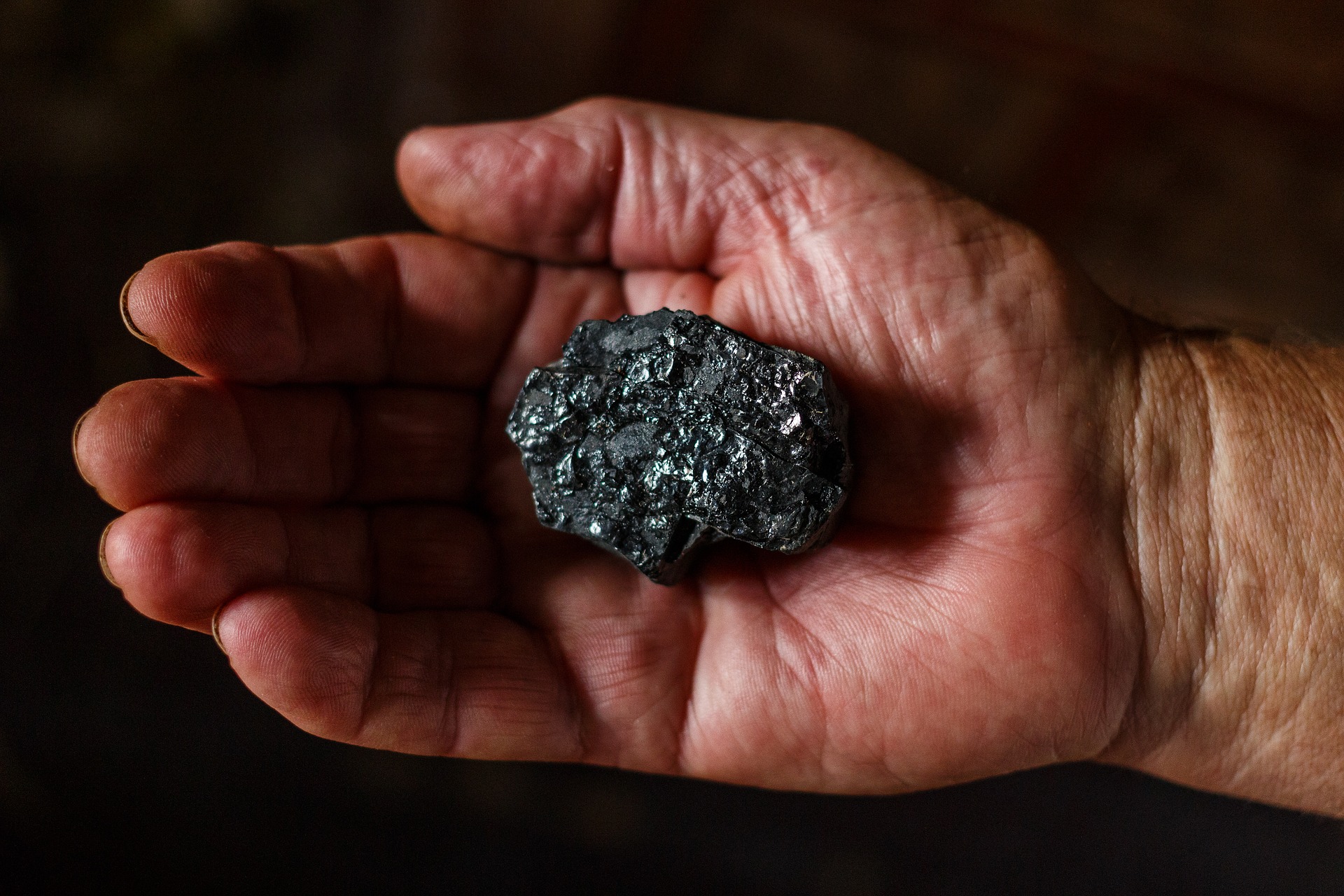Attachments
Note: Not all attachments are visible to the general public. Research URLs will go live after the embargo ends.

Research
Wiley, Web page
Please link to the article in online versions of your report (the URL will go live after the embargo ends).
Journal/
conference: Respirology
conference: Respirology
Research:Paper
Organisation/s:
Menzies Institute for Medical Research, University of Tasmania
Funder:
This study was supported by funding from
the Australian Coal Industry’s Research Program (ACARP;
C29035).



 Australia; TAS
Australia; TAS


